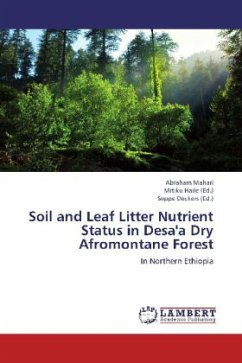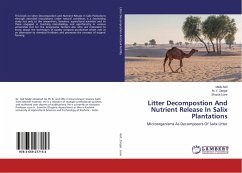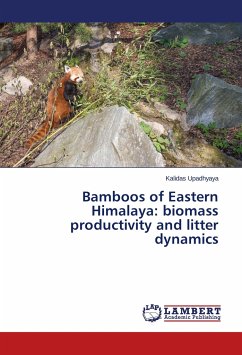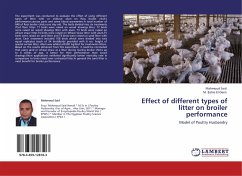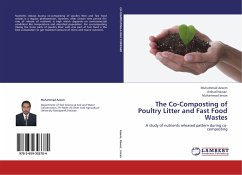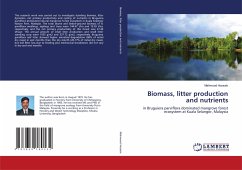Forest soils influenced the composition of forest stand and ground cover, rate of tree growth, vigor of natural reproduction and other silviculturally important factors. Physico-chemical characteristics of forest soils vary in space and time because variation in topography, climate, weathering processes, vegetation cover, microbial activities and several other biotic and abiotic factors. Spatial variability of nutrients can occur in various scale, between region, field or within field especially variation in soil properties. Variability of soil properties in a given locality could be a result of the nature of the parent material, type of above ground vegetation and their rate of nutrient release, consequence of overgrazing and logging etc. Therefore, understanding soil variability is essential in applying location specific management strategies. This Book also serves as a source of additional knowledge on processes of vegetation restoration in relation to soil variability and nutrient pool.
Bitte wählen Sie Ihr Anliegen aus.
Rechnungen
Retourenschein anfordern
Bestellstatus
Storno

